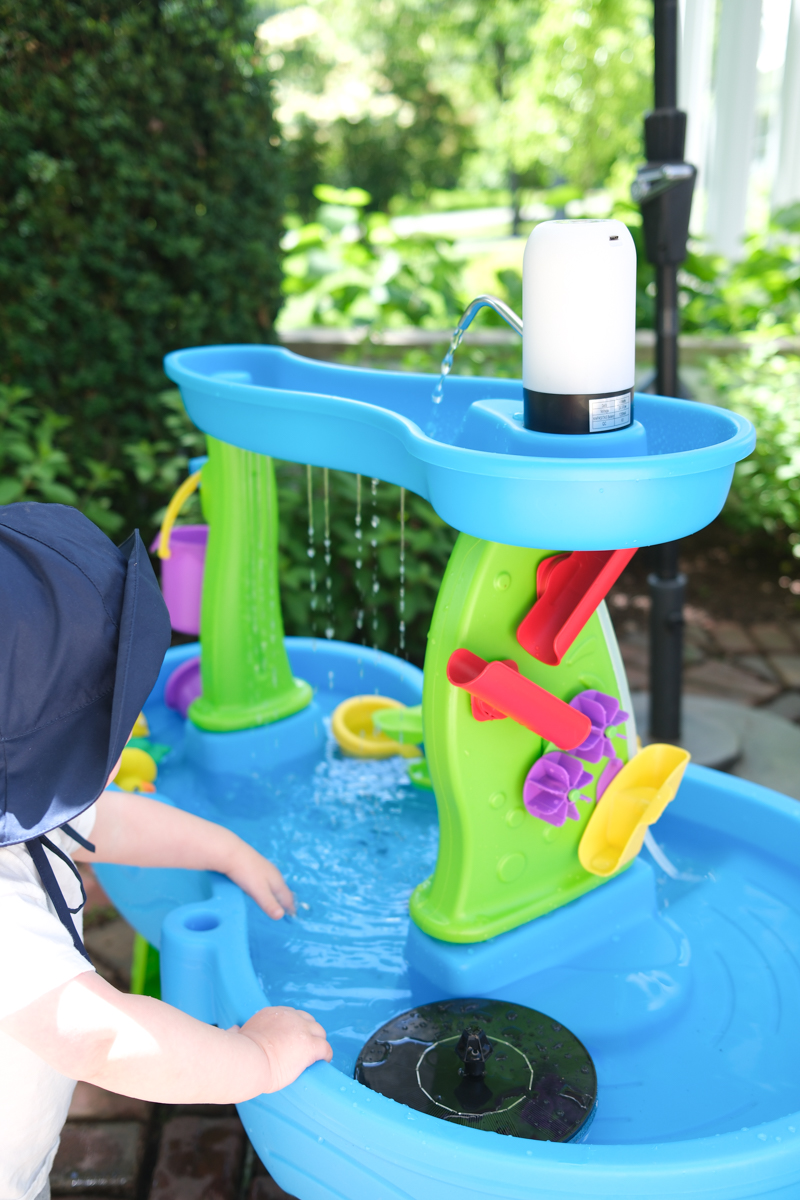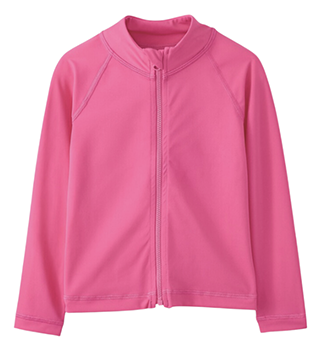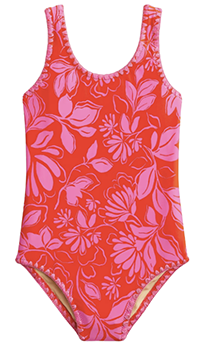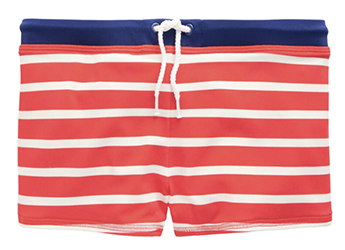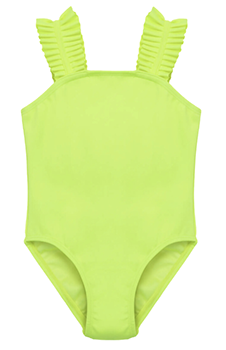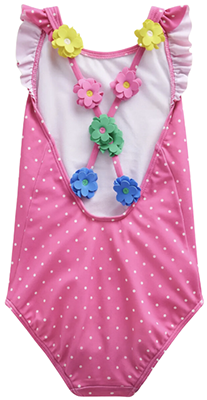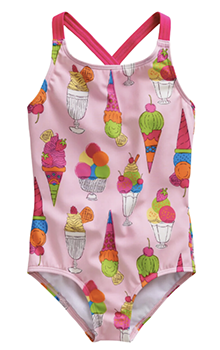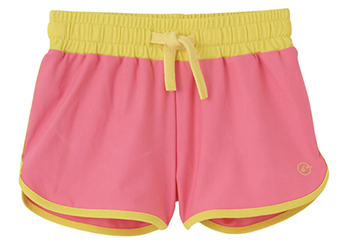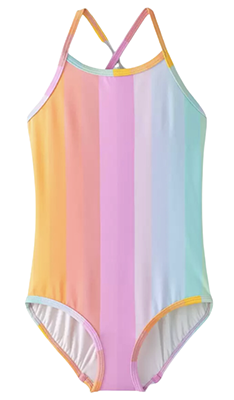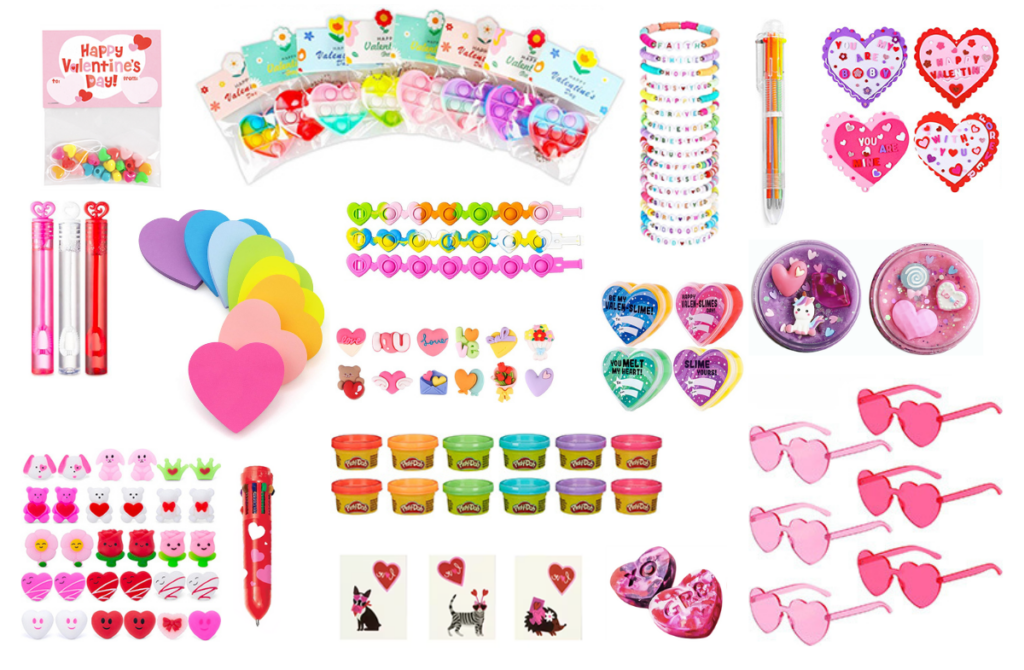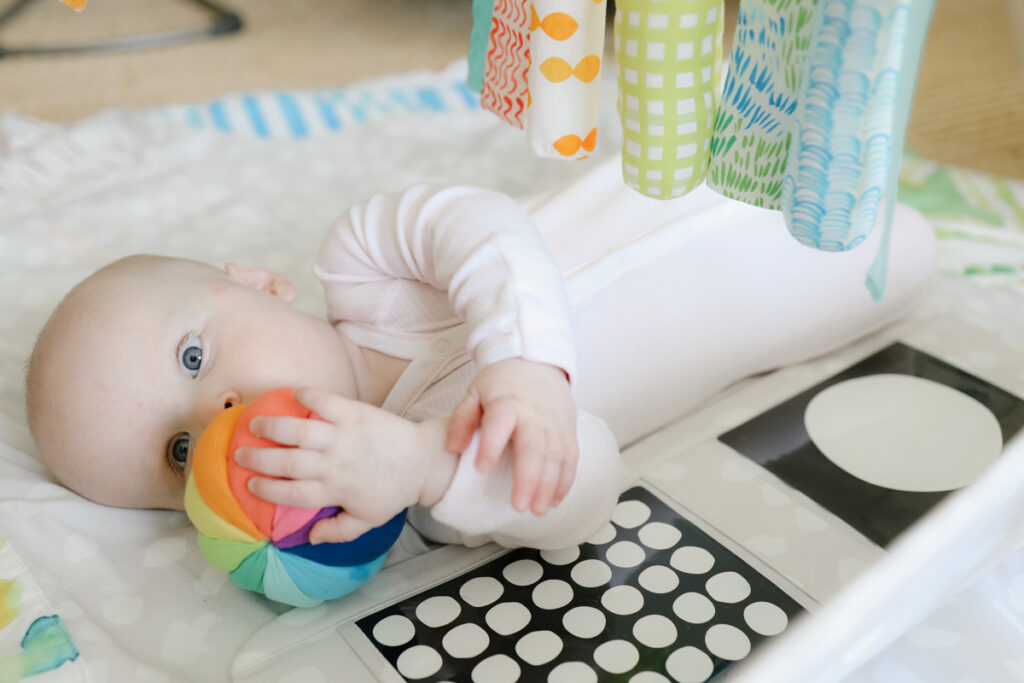Baby and Kids
The Safest Swimsuit Colors for Underwater Visibility
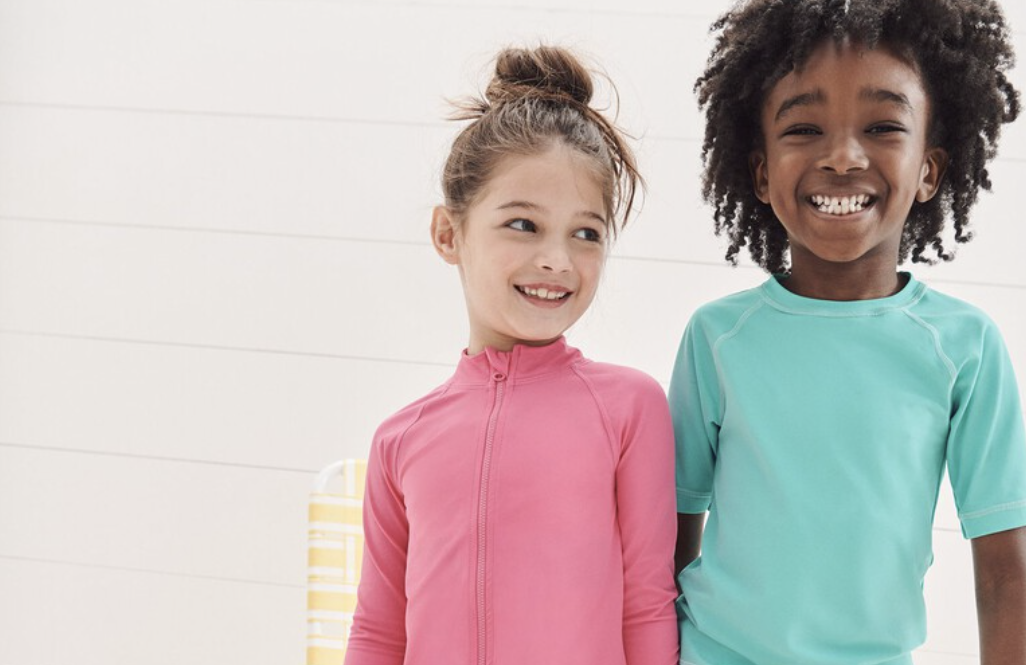

I’m one of those parents who likes to play it safe. But for years, I bought them lots of blue and muted swimsuits, not realizing the impact it could have. It wasn’t until someone told me how important the color of a swimsuit was that I knew how important opting for different colors could be, so I want to pass that knowledge on with you. This isn’t meant to spark fear – but I didn’t know either, and it’s such an easy shift. I love my blues and soft, muted colors, but a bright swimsuit in the right color can save your child’s life and the safety risks just aren’t worth it. So I’m going to share some of the safest swimsuit colors and styles for young children.
The Safest Swimsuit Colors for Underwater Visibility
While many parents prioritize factors like style, comfort, and sun protection when selecting swimwear for their kids, the visibility of the swimsuit in water should also be a top priority when choosing kids’ swimsuits. So as much as I love soft colors and the color blue, I am putting my kids a bright color swimsuit any time we’re in an open water setting. A bright suit can play a crucial role in the ability to find your child underwater. We do have a few cute muted suits that I let the kids wear when doing water activities in our yard. But when we’re anywhere where they can be submerged underwater, I opt for a bright swimwear color.
Alongside color, parents should consider factors such as UV protection, comfort, and durability to ensure their child’s swimwear is not only safe but also practical and long-lasting. Parents can help create a safer swimming environment for their children, allowing them to enjoy their time in the water with greater peace of mind.
This Water Table Hack Will Level Up Your Summer
Water Safety
My children recently completed survival swim lessons, and I feel so much better knowing that they now have the skills to float should they ever fall in the water. But let’s talk about water safety and specifically, pool safety, since that’s where many families go during the summer months. Children should know to always have a water watchers before getting in the water. they must go up to the adult and confirm they are being watched and can swim. Even if they know how to swim, adult supervision is a must, because swim lessons do not mean they’re drown-proof. This means coming up to a parent or another trusted adult, and confirming that they are being watched before getting in a body of water, which is for us, usually a swimming pool.
Our swim instructor recommended USCG life jackets when on a boat. We do not use any sort of floatation devices as they can create a false sense of security, or the ability to float for younger children.
Where to Shop for Brightly Colored Swimwear
I buy most of my kids’ swimsuits at Boden, Hanna Andersson, and Tea Collection. Primary has lots of solid bright rash guards, and J. Crew will have some bright prints, too, depending on what comes out that year.
Visibility in Water
The most important factor when choosing a kid’s swimsuit is visibility. There’s a good reason to choose something bright. A highly visible swimsuit can make it easier for lifeguards, parents, or other swimmers to spot them quickly. A bright swimsuit may shorten response time and when a child is underwater, every second counts. Whether you’re in a crowded pool or an empty one, the best swimsuit color is visible underwater. A child’s swimsuit color should stand out in different water environments, whether it be the blue of a pool, the greenish tint of a lake, or the sandy hues of the ocean.
Studies and experts widely recommend bright and neon colors as the safest choices for swimwear. The top colors that are the most visible are neon orange, neon green, neon yellow, and neon pink are highly visible both in and out of the water. Now, I’m not a neon girl, but something with bright orange and pink will do the trick. These colors contrast sharply with the typical blue or green hues of water, making it easier to see a child at a distance or when they are underwater.
Less Visible Colors
On the other end of the spectrum, certain colors should be avoided due to their low visibility in water. Colors like blue, green, and black can blend in with the water, making it difficult to spot a child quickly. Similarly, pastel colors, such as light blue, pale pink, and white, do not provide enough contrast against the water’s surface and can be challenging to see, especially from a distance.
For example, a child wearing a light blue swimsuit in a pool may become almost invisible if they sink below the surface, as the swimsuit can blend with the water. Likewise, darker colors like black or navy blue are not ideal because they can be easily missed in the shadows or depths of a pool or natural water body.
Patterns and Designs
In addition to solid colors, the patterns and designs of swimsuits can impact visibility. Swimsuits with bold, contrasting patterns, such as stripes or color blocks in vibrant colors and neon shades, can be more noticeable than solid colors alone. These patterns can create a visual disruption that catches the eye, enhancing the ability to spot a child in the water. However, it’s important to ensure that the patterns do not include too many dark or muted colors.
Other Things to Consider
While visibility is a crucial factor, there are other practical considerations to keep in mind when selecting a swimsuit for a child. Top choices to consider include:
UV Protection
Swimwear with built-in UV protection can help shield children from harmful sun rays, reducing the risk of sunburn and long-term skin damage. Many bright and neon swimsuits come with UPF (Ultraviolet Protection Factor) ratings, which indicate the level of protection they provide against UV radiation.
Comfort and Fit
A swimsuit should be comfortable and well-fitting to allow a child to move freely and enjoy their time in the water. Tight or ill-fitting swimwear can cause discomfort and restrict movement, potentially leading to dangerous situations if a child cannot swim properly.
Durability
Children’s swimwear should be durable and able to withstand the wear and tear of regular use in chlorinated pools, saltwater, and exposure to the sun. High-quality materials and construction can ensure that the swimsuit maintains its bright color and UV protection over time.
Selecting the safest swimsuit color for kids involves a careful balance of visibility, comfort, and practicality. So the next time you’re swimsuit shopping, choose bright colors like yellow, green, pink, and orange since they stand out in different conditions. These colors stand out sharply against any type of water, making it easier to spot a child quickly in case of an emergency.
This blog post contains affiliate links. If you purchase something using my links, I may earn a small commission at no cost to you.

